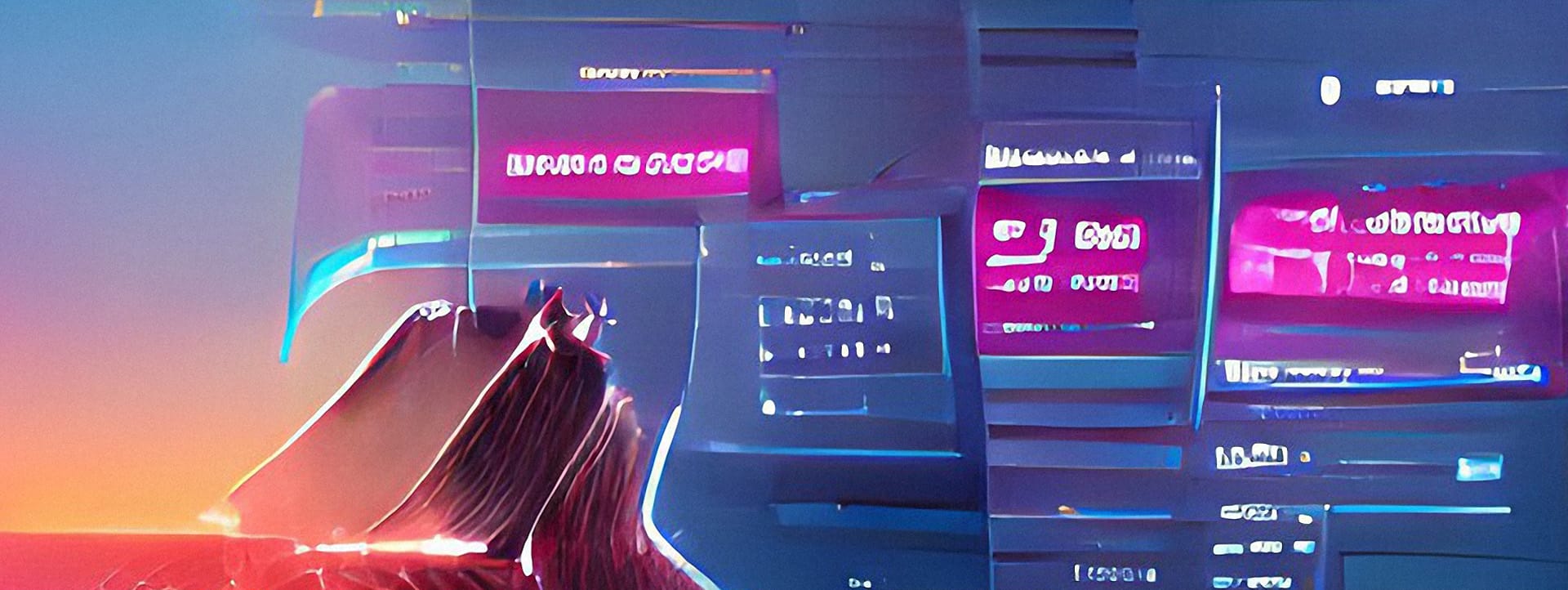

This is the second article in a three-part series offering tips on how to get a job as a product or UX designer. Part 1 covers your resume and LinkedIn profile. Part 3 is about the interviewing process.
As I mentioned in Part 1 of this series, portfolios used to be physical cases filled with your work, and you only had one of them. But now that portfolios are online, it’s much easier to get your work out there.
Much like resumes, many designers make the mistake of over-designing their portfolio website, trying to use it as a canvas to show their visual design or interaction chops. Don’t do it.
Remember your user, the design hiring manager, is trying to sift through hundreds of portfolios. Each time we open a portfolio site, we need to orient ourselves, find the work section, click into a project and view it. If your site has any friction at all, if it tries to be cute with something or tries to reinvent the wheel in any way, we can get frustrated quickly and move on to the next one. Your site should be about your work first and about you second.
A portfolio is not supposed to be an archive. So don’t dump everything you’ve ever designed into it. Instead, curate four to six best case studies you have. Yes, case studies. In the past, showing beautiful images of the final output was sufficient, but because websites can accommodate a lot of content, the case study format tells us hiring managers much more.
Think of a case study as the story of how you made something. Tell that story, and tell it to someone who’s not familiar with the client, product or service, and you. There are a few templates out there that are good starting points. I like this one by Calvin Pedzai:
While this format was originally intended for UX projects, I think this should also apply to non-product design. Michael Sequiera, as Global Creative Director at Visa, says, “I like to see 2-3 case studies on how they solved the design problem.”
As you write your case study, remember to write it like a story, a narrative, rather than plain and factually. Also, keep in mind the length. Strive to keep the case study short enough to be consumed in about three to five minutes of skimming and reading.
Sometimes designers do not show their work on their portfolio websites because of non-disclosure agreements, or NDAs, they’ve signed with companies and clients. First of all, we all have signed NDAs, and nearly everything we do for a company is work-for-hire, meaning the other companies own the work. But portfolios are how designers get hired. Design hiring managers will never hire a designer without evaluating past work first. So if you’ve signed an NDA and don’t think you can show these samples on your portfolio site, here are some things to consider:
I have also come across a handful of portfolio websites that do not show any work at all. When I interviewed one of these designers, she said her reason was that the work would be outdated as soon as she posted it. I bought her reasoning mainly because she had worked at a couple of big-name brands and had established herself enough to get away with that. Of course, I would still go through her work as part of the interview process.
(Disclaimer: I am not a lawyer and do not take what I wrote above as legal advice. I’m not advising you to break your non-disclosure agreements. If you have any legal doubts, please consult an actual lawyer.)
--
Having a well-crafted resume, robust LinkedIn profile, and compelling portfolio website are the bare minimum requirements before you start applying for jobs. But once you have those three basics, start applying for positions you qualify for.
In Part 3 of this series—I promise, it’s the last—I’ll provide some handy tips about the interviewing process.